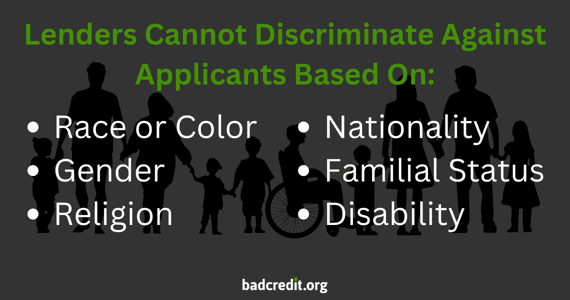
There was a time — long, long ago — when loan officers reviewed all applicants’ paperwork by hand. They had to make decisions based on what they read on various documents, then get back to the person with an answer. It was laborious and imprecise work that could result in faulty or discriminatory results, even when the lender was trying to avoid bias.
Loan origination software (LOS) came to the rescue with automated analyzation capability. This technology enables lenders to set their unique approval guidelines, comply with laws and their own regulations, reduce risk, and increase business. It can be tailored to all types of products, including mortgages, car financing, personal and business loans, credit cards, and lines of credit. With LOS built-in efficiencies, lenders can better manage the capital they have committed for specific loan products, enabling them to make more refined market projections.
Banks and other financial institutions aren’t the only beneficiaries of LOS systems, though. As a prospective borrower, you want a quick response to your application based only on accurate and objective data. With this technology, that’s what you get.
After completing a form with your information and authorizing the lender to check your credit, you will get at least a preliminary response. You will find out whether you are eligible for the loan, and if you are, how much you can borrow and what the interest rate will be.
So what does the LOS look for? Pretty much what the loan officers of the past did — but they can obtain and analyze it at lightning speed. Here are seven of the most important factors an LOS system can input:
1. Personal Identification
First up is to confirm that the person applying for the loan is really you by submitting your Social Security number or employee identification number. Other government-issued forms of identification, such as a passport or driver’s license, may also be required.
Making sure the right personal identification information is attached to you as an applicant helps cut down on fraud and is a key factor in the lender’s “know your customer” due diligence.
2. Employment Information
This information can include your employer and industry, the position you hold, how long you have worked at the job, and your annual or monthly income. All of that data can be electronically checked.
3. Outstanding Loan Balances
How much do you already owe, what is the monthly payment, and when is the loan set to be fully repaid? This is crucial information when you apply for a new loan since it shows your financial capability. LOS systems give the lender access to your most current balances.
4. Debt-to-Income Ratio (DTI)
This ratio will be calculated with the LOS program. Your DTI ratio is the total of all your monthly debt payments divided by your gross monthly income. It’s a way for lenders to determine whether you have enough money to make regular payments on a new loan.
5. Credit Delinquencies
Your credit report lists your bill payment history, including loans, current debt, and other financial obligations. If you have any late payments on your reports, they will be picked up by LOS technology. The system can be set to search for delinquencies that took place on certain dates so it can filter out those the lender considers to be less of a concern.
6. Credit Score
The LOS can access the credit scores attached to any of the major credit reporting bureaus. The lender can choose which scoring system and version it wants to use. It can also set the minimum score it requires borrowers to have for loan approval and to set terms such as the interest rate and loan amount.
7. Bank Statements
More relevant data will be found on your checking and savings statements, which can be picked up by LOS technology. Within seconds, the system can verify your assets and account ownership. This way, the lender will have the latest view into the funds available in your bank accounts.
What LOS Technology Can’t Do
The automated process offered by LOS systems doesn’t mean you will never have to supply other information or hard copies of documents. For many loans, including mortgages and business loans, you will eventually have to present documentation of your income, for example, to the lender before moving on to the next step.
Fair lending practices have to be honored as well, and technology can’t be used to sidestep it. The Fair Housing Act prohibits software — or human loan officers, for that matter — from using your race, color, national origin, religion, sex, familial status, and handicap to discriminate against you.

The Equal Credit Opportunity Act prohibits discrimination in credit transactions based on race or color, national origin, sex, marital status, age (provided you have the capacity to enter into a contract), and receipt of income from a public assistance program.
The Bottom Line on Loan Origination Software
In the end, a good loan origination software program benefits both the borrower and the lender. Customer service is improved because there is less back and forth, accuracy is greater since it all but eliminates data entry errors, and fraud is reduced with the verification process.




